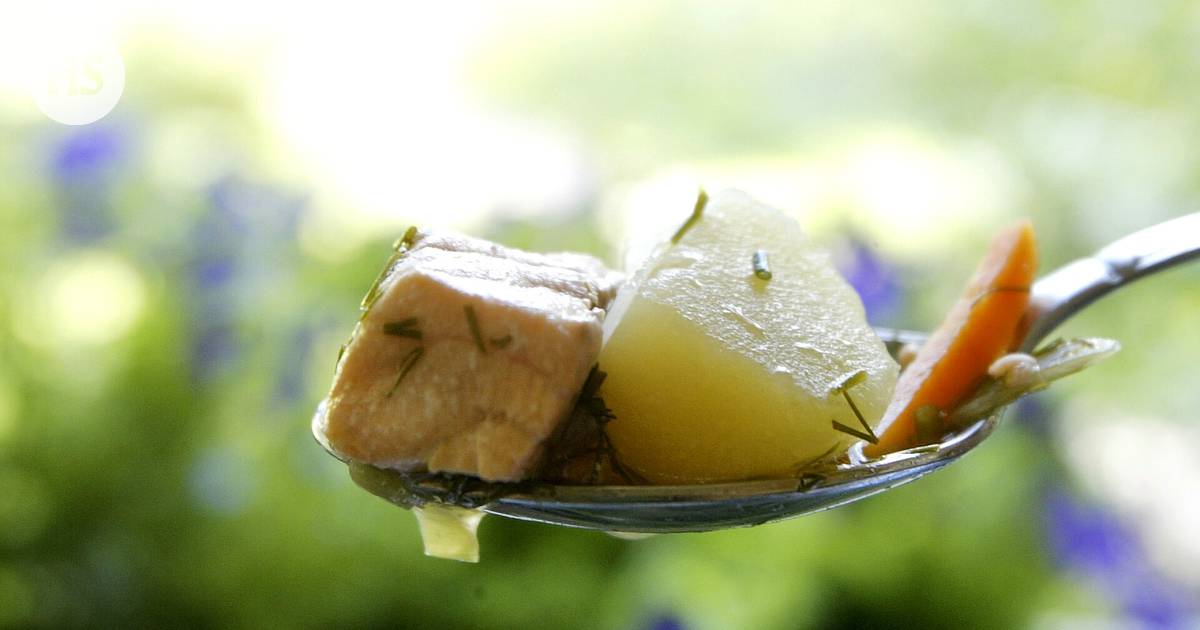Artificial intelligence|The counter also measures the nutrients in a spoonful. In the tests, the artificial intelligence’s estimate differed from the number of calories in the food eaten by only 4.4 percent
The summary is made by artificial intelligence and checked by a human.
Artificial intelligence calculates the calories of the eaten food one spoonful at a time.
The program estimates the calories in the food based on what is seen in the video.
A spoon counter would help, for example, in nursing homes.
The accuracy of the spoon counter is sufficient for an ordinary calorie counter.
Someone wants to record the calories he eats painfully accurately. For calories.
The first thing that comes to mind is a bodybuilder who is going through a drastic weight loss program before the Games.
He can soon take an artificial intelligence to lunch.
If you let an artificial intelligence record every spoonful you eat, it will accurately record the calories eaten.
And not all of you. It also counts the spoonful of nutrients that are moving into the intestines.
Previously artificial intelligences have already been developed that can calculate the number of calories in a plate of food from a picture.
However, the picture on the plate does not always tell the whole truth. The calories in stew, for example, are not easily revealed even to artificial intelligence.
This is what the developer of artificial intelligence saw Yuhao Chen the problem.
So he and a colleague at the University of Waterloo in Canada developed an artificial intelligence that can count calories one spoonful at a time.
A spoonful According to Chen, measuring the calories contained is much more accurate than measuring the amount on a plate.
The artificial intelligence is first shown a video of a person eating. With it, the program can see every tablespoon eaten, whether it’s on its sides or on its sides.
After that, the program estimates the calories in the food. In the experiments, the difference between the artificial intelligence’s estimate and the calories of the food actually eaten was calculated to be 4.4 percent.
Spoon counter would help, for example, in nursing homes. It could be used to check the eating of the elderly and the sick.
The program is now being developed to recognize food that is brought to the mouth with a fork, hand or chopsticks.
Chen’s hopes are that the artificial intelligence following the spoon would also be able to recognize food that it has not seen on video before.
Artificial intelligence is usually taught with pictures of food, on which it is also clearly marked what the food is.
Chen wants the added language model to make AI even more explosive. It could also identify the ingredients of completely new food recipes.
AI should ask basic questions like “Is this chicken?” says Chen.
Answers are needed, because food doesn’t always have a name.
“At home, food can be anything taken from the fridge, where different foods are mixed up.”
Nutritionist Emilie Combet from the University of Glasgow in Scotland reminds us that even this artificial intelligence, the “spoon counter”, has its shortcomings.
Measuring calories only by imaging cannot give a 100% accurate number of calories. Therefore, a spoon counter is not helpful, at least in scientifically accurate food measurements.
“For example, there is a lot of variation in the vitamins in carrots,” says Combet According to New Scientist.
According to Combet, the real challenge for researchers are the methods used to cook food.
The researcher has to estimate, for example, how much and which oil was used when a piece of meat was fried. The video camera cannot evaluate it.
A spoon counter precision can of course be fine for a researcher for whom approximations are sufficient.
It could be used, for example, by a nutritionist who advises on weight control and weight loss.
For an ordinary calorie counter, the accuracy of a spoon counter is sufficient.
Chen introduces the spoon counter in a study he published online service Arxiv. It has not yet been peer reviewed.
